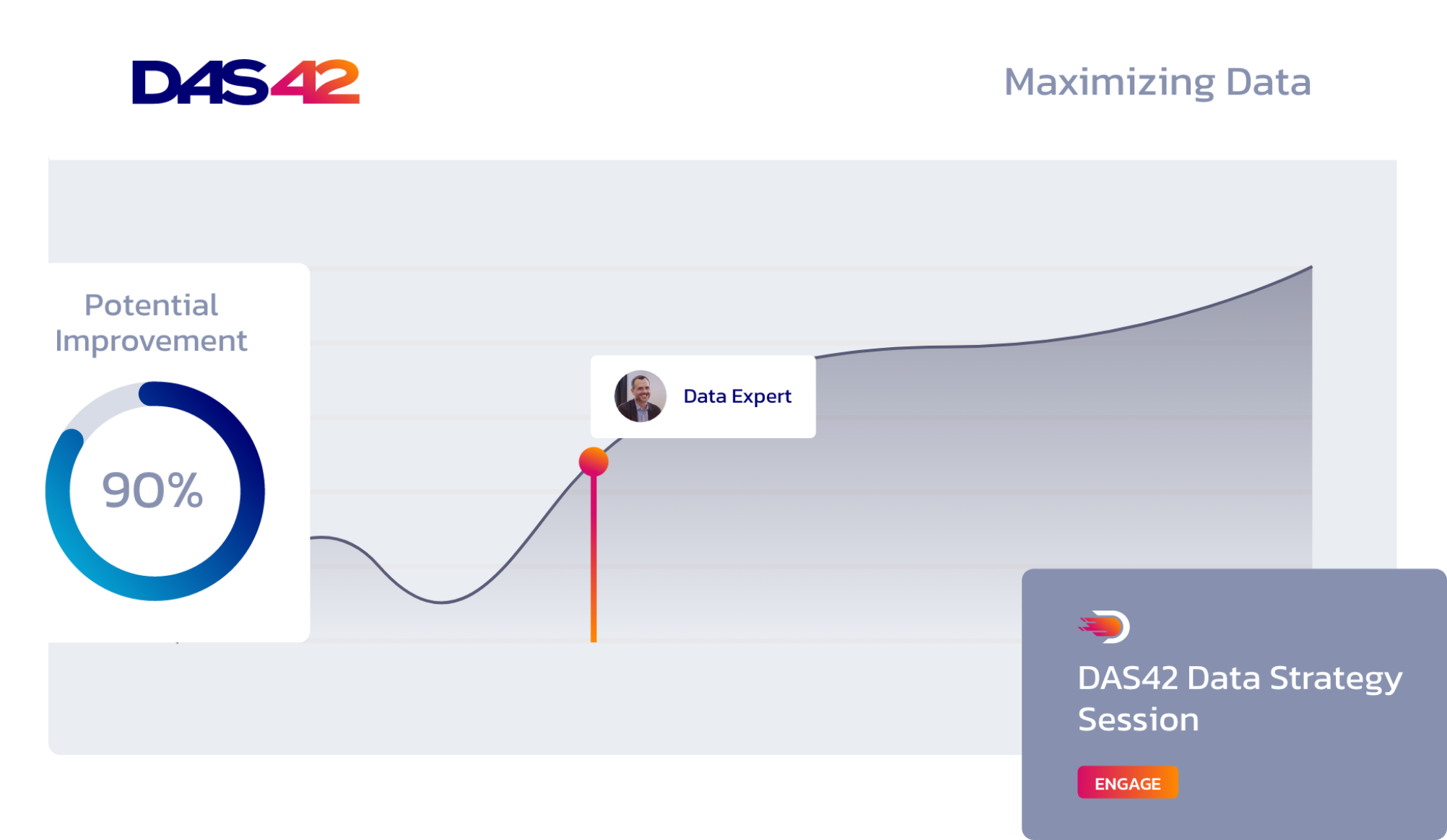What does the Looker+Tableau integration mean for you?
On the surface, the announcement last month that Looker and Tableau will be working together on integrating their business intelligence capabilities seems surprising. After all, they are long-time competitors in the business intelligence (BI) space. But take a closer look and it’s clear their technologies can benefit from each other. More importantly, allowing them to work together can benefit their customers.
What exactly is going on?
Basically, the new partnership means Tableau users will be able to access Looker’s semantic layer (LookML), while Looker users will be able to use Tableau’s visualization layer on top of the Looker platform.
By working together, they can focus on where their strengths support each other. Tableau’s advanced visualization capabilities are popular with customers who want to be able to let essentially any user analyze data, but its technology grew out of a desktop, rather than a cloud environment. Looker has always been cloud-based, but it generally appeals more to technical users.
Looker’s LookML modeling language creates a centralized semantic layer for an organization’s business rules and definitions, while delivering flexibility consistent with modern software engineering best practices. Connecting directly to this semantic layer will keep critical business data safe and governed while making it accessible to users through Tableau’s range of visualization tools.
Going forward, it will be easier to use Looker’s semantic modeling and data delivery capabilities in combination with Tableau as the data analysis engine. That’s important to customers because Looker is seen as the trusted, centralized source of data while Tableau is considered the front-end tool for analysts and non-technical business users.
Customers get the best of both worlds
The integration between Tableau and Looker has the potential to improve enterprises’ ability to operationalize analytics and more effectively scale their deployments with trusted, real-time data with less maintenance for developers and administrators. Tableau customers leveraging Looker’s semantic model will gain new levels of data governance while democratizing user access to data. Looker customers will be able to pair their enterprise semantic layer with Tableau’s leading analytics platform. Tableau will also support LookML, providing additional flexibility for customers who are familiar with Tableau’s visual query language, VizQL.
Tableau and Looker joining forces may be especially beneficial to the many companies that are current customers of both technology providers. Previously, for those companies to leverage both Looker’s semantic data modeling capability and the Tableau visualization capabilities that enable them to better understand their data, complex and time-consuming tasks like copying data from one application to another were required. Now, joint customers of Looker and Tableau can seamlessly combine the best attributes of both.
The partnership will also be positive for the Google Cloud Platform customers who used Tableau as their analytics platform before Google Cloud acquired Looker. Many Google customers still want to be able to leverage Tableau as their visualization platform – they will gain both flexibility in how they can visualize data and access to more trusted data.
What’s next?
The Looker-Tableau integration is a step forward in the data democratization and self-service BI revolution. Business users have come to expect a drag-and-drop, graphical user interface that makes it easy for them to access and analyze data.
Looker is planning to introduce new tools that support the ongoing democratization of analytics while mitigating the risk of important data being duplicated or inconsistent definitions being introduced. Its new Governed BI Connectors are designed to give organizations the flexibility of BI self-service, while allowing users to leverage their governed, trusted data in those BI tools. Users will be able to live connect from BI tools to Looker’s semantic model. From there, they will be able to use the familiar self-service tool they’re used to for analytics, even mashing up governed data with their own data. Connectors will be available for Tableau, Google Data Studio, and more starting next year, with the full set available in preview by the end of 2022.
Services provided









